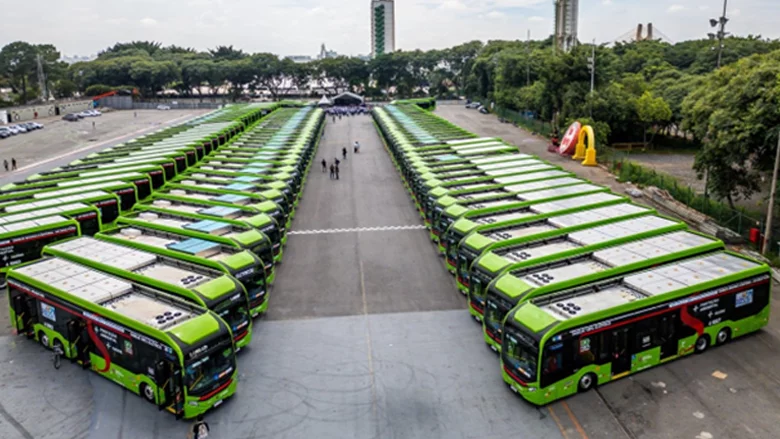Abstract
Control strategies have been widely used in the literature to counteract the effects of bus bunching in passenger‘s waiting times and its variability. These strategies have only been studied for the case of a single bus line in a corridor. However, in many real cases this assumption does not hold. Indeed, there are many transit corridors with multiple bus lines interacting, and this interaction affects the efficiency of the implemented control mechanism.
This work develops an optimization model capable of executing a control scheme based on holding strategy for a corridor with multiple bus lines.
We analyzed the benefits in the level of service of the public transport system when considering a central operator who wants to maximize the level of service for users of all the bus lines, versus scenarios where each bus line operates independently. A simulation was carried out considering two medium frequency bus lines that serve a set of stops and where these two bus lines coexist in a given subset of stops. In the simulation we compared the existence of a central operator, using the optimization model we developed, against the independent operation of each line.
In the simulations the central operator showed a greater reduction in the overall waiting time of the passengers of 55% compared to a no control scenario. It also provided a balanced load of the buses along the corridor, and a lower variability of the bus headways in the subset of stops where the lines coexist, thus obtaining better reliability for all types of passengers present in the public transport system.











